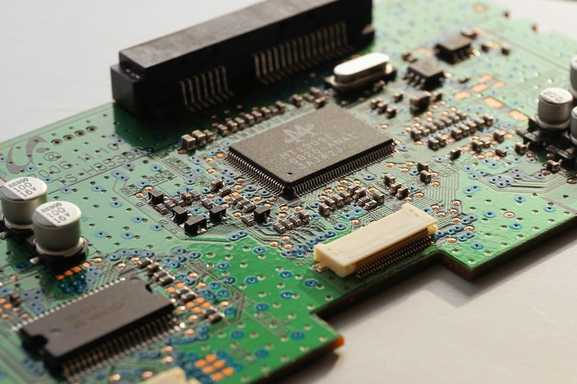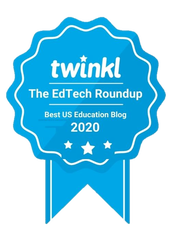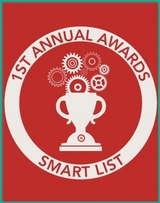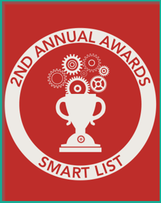
Prevailing wisdom indicates that the new generation is technologically literate — but the vast majority of students do not understand the basics. Teachers in America have been exploring avenues to teach computer science to varying degrees of success.
Sometimes, we miss the point. Legislators, administrators, and educators are sometimes confused about how computer science fits in the curriculum. Current efforts in technology education extend to little more than access to hardware and learning to use basic applications. Other than that, technological awareness is usually limited to topical one-offs.
For instance, school districts around the nation have made efforts to advocate against cyberbullying. While cyberbullying is an essential subject that counselors must be educated on and prepared to approach, it does not lead to an enriching discussion about technology itself. Technology shouldn’t be treated as a problem; it can actually boost counseling programs. Regardless, teaching a core understanding of how computers work is conspicuously absent from K-12 education.
A strong background in computer science is essential for success in the modern workplace — and it will only become more important as time goes on. The fastest growing occupations are stem-related. A basic understanding of computer science enables students to pursue these careers. Furthermore, students who earn a degree specializing in science, technology, engineering, or math, are more likely to earn more throughout life. They are even more likely to live independently at an earlier age.
It can be difficult to visualize how computer science education should look in action. Thankfully, educators have shared a number of resources online that peers can use for their own classrooms. Here are three fundamental concepts of computer science, and how they can be explored in the classroom:
Artificial Intelligence
A simple and relatable example of this for students is the use of A.I. in video games. Today, computers complete a wide variety of complex tasks with algorithms. This can clearly be seen in the way A.I. opponents react in a game of checkers. In one lab project, a 9th grade student sought to compare three different algorithms in a checkers simulator to determine which was the most successful. Through his research, he was able to gain an understanding of the logic behind each action made by the algorithms, and demystify artificial intelligence.
Adapting this project into a lesson plan would be a simple process. It would also meet many Common Core standards in regards to computational thinking. While students would not be able to carry out as many games as this student did (nine-thousand!) in a class session, it would allow students to examine the mechanics of simple artificial intelligences.
Coding
Coding is a relatively alien concept in K-12 education, though some organizations advocate for coding education in public schools. How can schools incorporate computer programming education into the curriculum?
Using the right resources, coding can be an informative and entertaining subject for students. Code.org has a wide variety of resources for educators to take advantage of, including workshops, lesson plans, and professional development opportunities. There are also activities that students of all grade levels can complete to gain a better understanding of coding.
At more advanced levels, or in elective classes focused on computer science, students should begin to learn about some basic programming languages. Python is a simple programing language that serves as an excellent foundation for further learning. The language is open source and has a very active developer community. Students can actually get quite enthusiastic about coding projects; in a relatively short timespan, they can craft their own simple programs, such as text-based adventure games and “Mad Libs” generators.
Computer Hardware
The most obvious solution to teaching about computer hardware is to have students learn about the individual components. The instructor should teach students about the primary components of a computer, then demonstrate how the parts work together. Online videos can suffice for a demonstration, but giving students an opportunity to get hands-on with a computer is much more effective.
Learning to identify components and their purposes can even help students learn to troubleshoot common computer problems. This knowledge is an important part of the skill-set that students need today.
About the Author:
Bob Hand is a blogger from Boise, ID. He studied English with an emphasis on Secondary Education at the University of South Carolina, and continues to keep a pulse on current issues in education. His hobbies include reading and collecting vinyl records. You can follow him on Twitter @bob_hand567.














